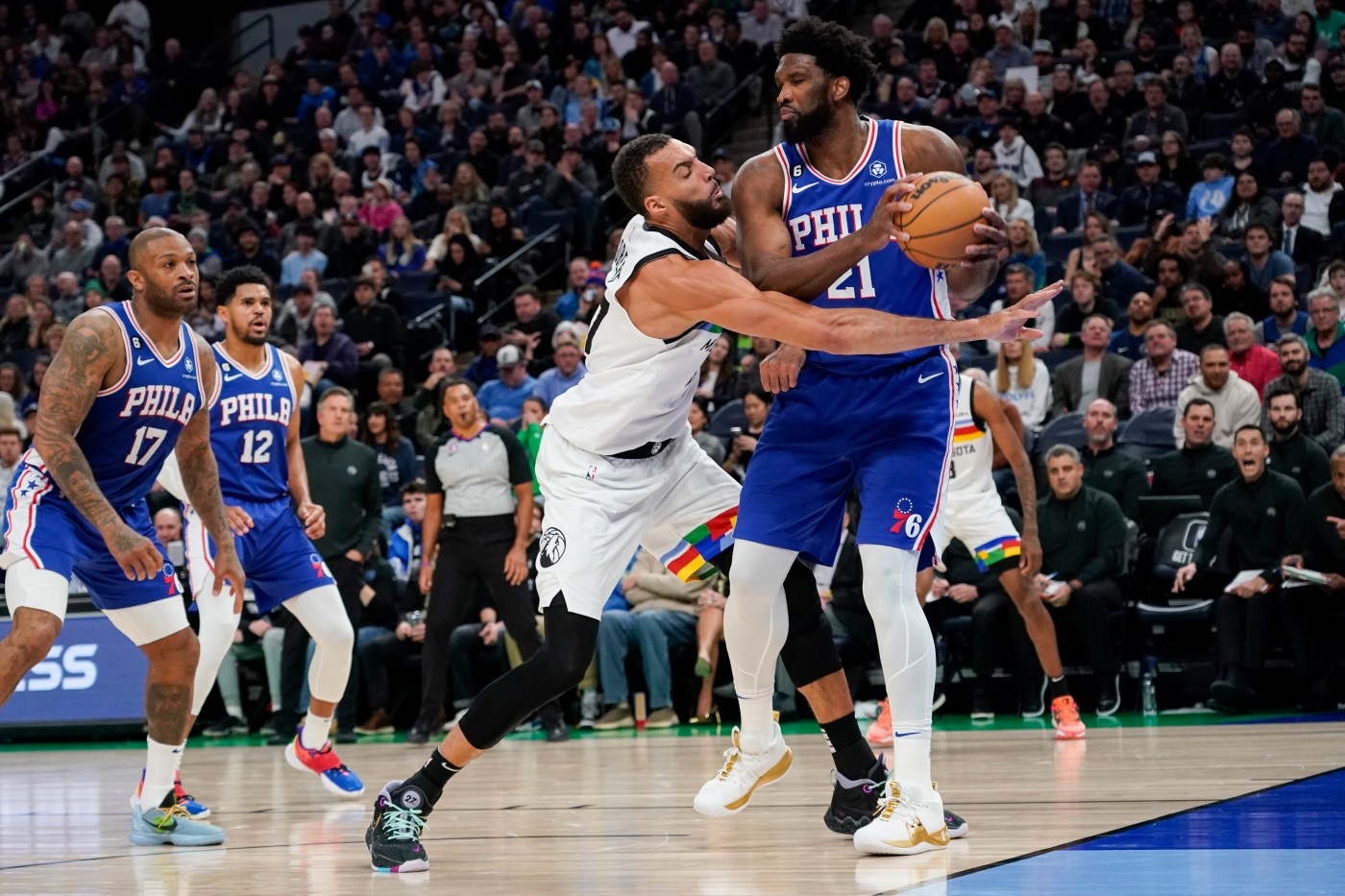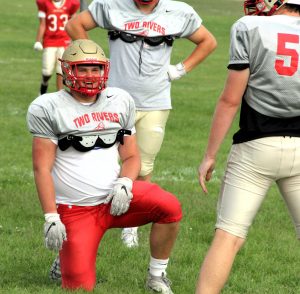
Timberwolves can give elite big men two different defensive looks
There are multiple ways in which opposing defenses try to slow down Timberwolves center Karl-Anthony Towns.
One way is by having the traditional center guard Towns. It’s the old-school approach. Towns is a big man, so toss another big on him. Size on size, just like it’s always been.
But, generally, traditional centers are incapable of defending Towns, particularly when he’s on the perimeter. If they press up tight to his body, he’ll drive by them. If they sag back to protect the paint, he’ll comfortably pop a 3-pointer.
Years ago, that proven mismatch caused opponents to start taking a different approach to defending Towns. Now, it’s more frequent that wings defend Towns. They press up tight into Towns’ body to take away breathing room for the 3-point attempt and are physical with the all-star big as he tries to force his way to the rim.
It’s not 100 percent effective by any means, but the approach has been a more successful remedy for one of the NBA’s elite offensive big men.
As the NBA evolves and more players pop up with various skill sets across the size spectrum, teams have had to think a little differently about how to best utilize their personnel.
That’s exactly what Minnesota has done in the past with its twin tower lineup. The Timberwolves meet the 76ers in Philadelphia on Wednesday in a matchup of two of the top teams in the NBA. It’s also a game that features three of the top big men in the world in Minnesota’s Rudy Gobert and Towns, and Philadelphia’s Joel Embiid, the reigning NBA MVP.
The obvious move would be to put Gobert — the front runner to win his fourth NBA Defensive Player of the Year award — on Embiid. And there’s logic to that. Gobert is an excellent on-ball defender. Opponents are shooting just 41.6 percent against him this season.
On Monday, Gobert relegated Miami all-star center Bam Adebayo to mid-range jumpers. He was just 9 for 21 shooting in the paint, as the restricted area became essentially a no-fly zone.
If Gobert can have similar success limiting Embiid’s impact around the rim, that would give the Timberwolves a significant advantage. Embiid is averaging 40 points a game in December.
But Minnesota could also put Towns on Embiid. Why? Because it’s a game plan with which the Wolves have had success against Nikola Jokic and Denver. Towns defends Jokic to the best of his ability, which allows Gobert to sag off a lesser offensive threat to be there to help deter Jokic or whoever else dares to enter the paint.
Against Denver, Minnesota essentially dares Aaron Gordon, who Gobert guards, to win the game via perimeter jumpers. Against Philadelphia, that potential open player would be Nic Batum, who is shooting a blistering 46 percent from 3-point range this season.
Perhaps that makes it more likely the Timberwolves defend the 76ers straight up, with Gobert matching up with Embiid. That would make Embiid’s life more difficult at the point of attack, but probably put a little more onus on Minnesota’s other four defenders to win their respective matchups without knowing for certain that Gobert is lurking at the rim.
And, if that look doesn’t fare well early on, the Timberwolves could always revert to the Jokic strategy as the game progressed. When facing dominant offensive players, having the optionality to switch up looks during the course of four quarters is key. Minnesota is fortunate enough to have the personnel to do just that, and Timberwolves coach Chris Finch and Co. have proven they’re not afraid to use it.
Related Articles
Timberwolves down Miami for best road win of season
Timberwolves’ Anthony Edwards releases statement about social media controversy
Timberwolves’ offense starts slow, then revs up. Why is that?
Jace Frederick: Best on best is a rarity in today’s NBA
Skill set of Timberwolves’ Naz Reid continues to capture attention of others, including Mavs star Luka Doncic


